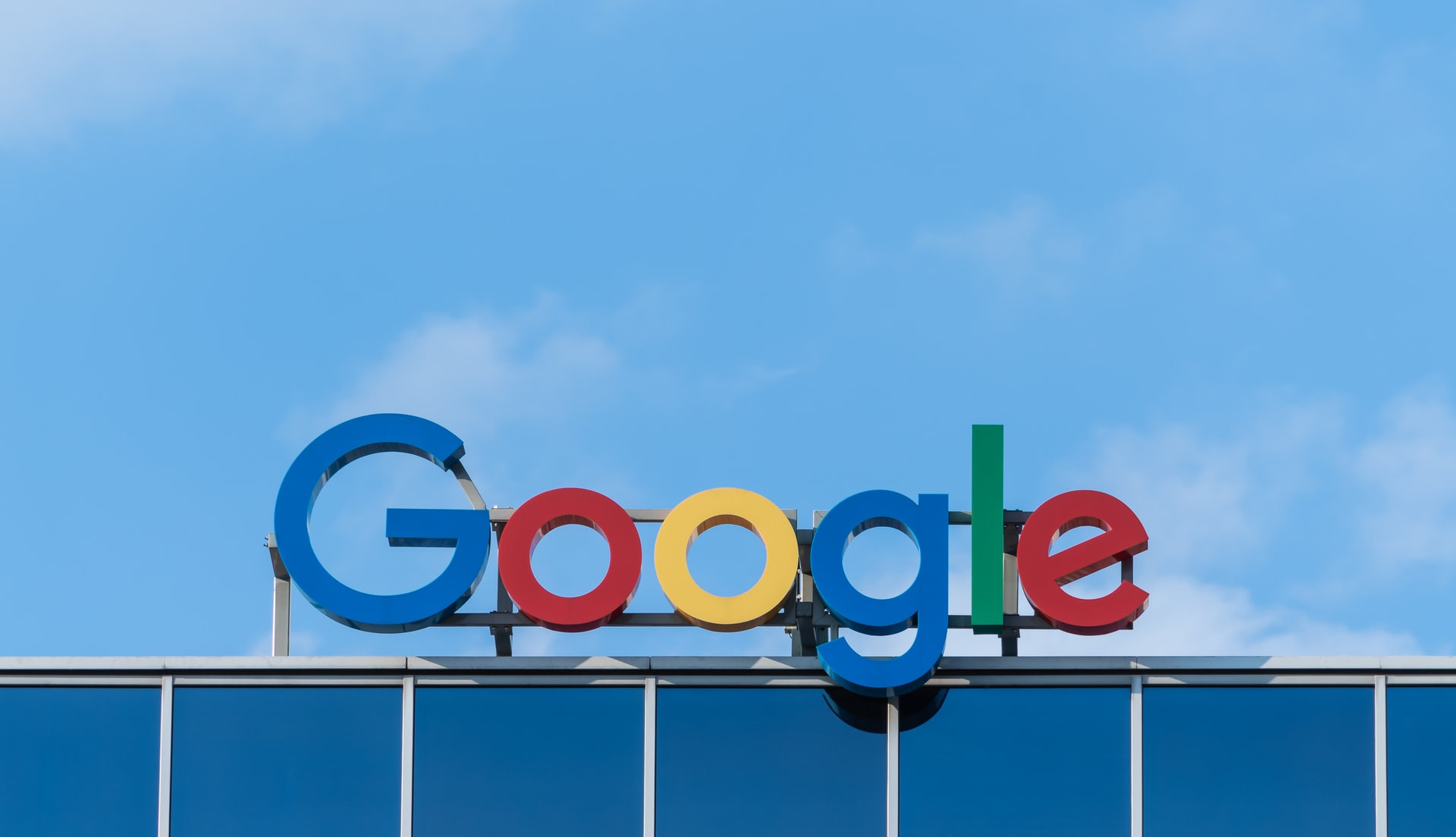
Understanding Google Ads (Practical Guide)
Google Ads is a paid advertising campaign service established by Google since 2000. At the time, it was called “Google Adwords”. Originally, it was primarily a tool to optimize a site’s ranking in search results via Google based on the keywords selected. Over time, the service has been enriched with other features and it is also possible to extend advertising on Google’s partner sites. Find out the essentials you need to know about Google Ads.
The basic principle of Google Ads
Google’s paid advertising service inherited the name “Google Ads” from 2018. It therefore allows interested users to schedule various advertising campaigns. Serving ads gives them the opportunity to increase their visibility on a search engine that receives more than 2 billion daily requests. The promoted pages are also shown to partners, in this case YouTube. Not to mention the 2 million websites that collaborate with the Mountain View giant.
Thanks to specific tools, it is even possible – and this is the essence of Google Ads – to target audiences.
In practice, Google Ads does everything in its power to ensure that Internet users carrying out research can find satisfactory answers. This can be a natural result (search result) or an advertisement. In all cases, the target is directed towards pages which precisely correspond to their request.
In the end, it is possible to expect a return on investment of up to 700%. Which is much higher compared to a more traditional online advertising formula.
How does it work? The importance of keywords
Google Ads delivers pages and advertisements based on user interests. For this to be possible, an ad must be associated with well-chosen keywords.
It is essential that these keywords match the query that the Internet user will enter into the search engine when looking for the product or service being promoted by Google Ads.
The Google Ads advertising model
Google Ads works with two main approaches to choose from depending on individual goals:
- PPC or pay per click, also known as CPC or cost per click: amount paid for a click on an advertisement;
- CPM or cost per thousand, otherwise known as cost per impression: the amount paid for 1,000 impressions, that is, 1,000 views.
Through these approaches, you can drive traffic to your website. More importantly, you can optimize the conversion of Internet users who pass on your page (s): your visitors become customers.
Also, it is possible to choose between 5 main types of campaigns. Ads can be:
- Textual: an ad is displayed on top of the natural results on Google;
- Responsive: Google selects a text ad among those offered by the advertiser based on the search performed;
- Display: Advertising is displayed (usually as an image) on websites belonging to the Google network;
- Video: promotion is done through content available on YouTube.
- Shopping: sell your items directly via an image carousel including in addition the price and its title taken directly from your CMS.
Why adopt Google Ads?
When it comes to online advertising, Google Ads is a must have. You have powerful tools for each stage of your campaigns. You can use it to achieve targeting. Then, you will find tools to manage and monitor your ads.
It should be noted that for just over 7 in 10 Internet users, the ads they see on Google meet their needs. In concrete terms, the average click-through rate with Google Ads is between 5 and 7%.
Search
Categories
Share
You might also like:

The practical guide to Google Ads Shopping
In recent years, Google Shopping has become an essential tool for successful advertising campaigns. Every e-merchant today systematically integrates Google Shopping into their web strategy

Facebook Ads: for whom and why?
Today, Facebook is the go-to social network around the world. As proof, no less than 2 billion people have an account and log into the

The practical guide to SEO (Search Engine Optimization)
Did you know that out of 10 online experiences on the Internet, more than 9 of them started with a search engine like Google? It
